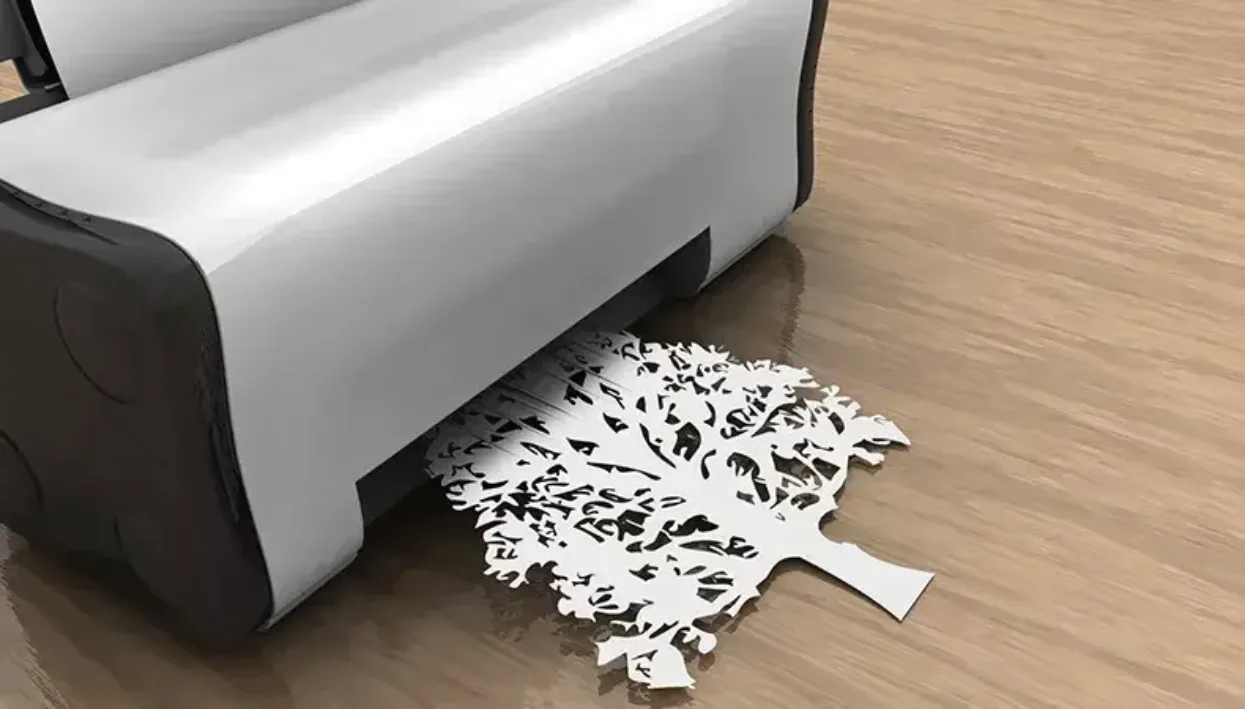Sustainability
Textile Printing
Green shoots of investment
Author
FESPA Staff
Published Date
12/01/2019
Become a FESPA Member
to Continue Reading
